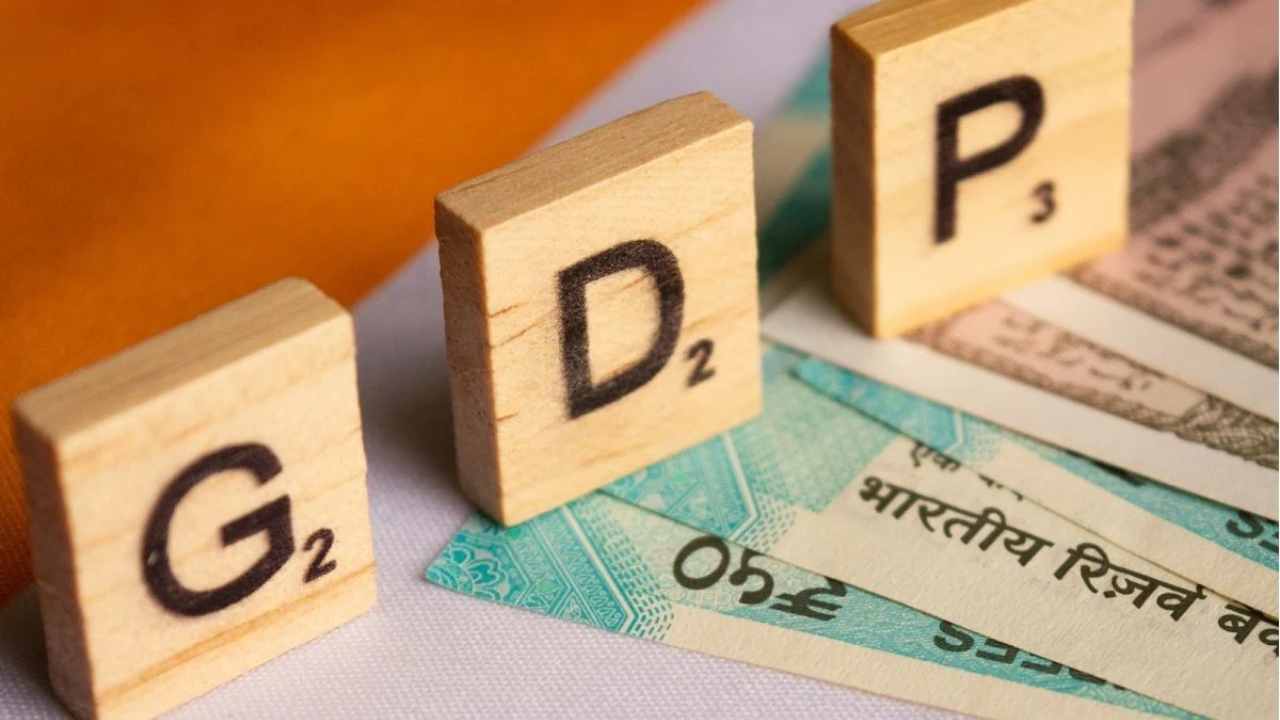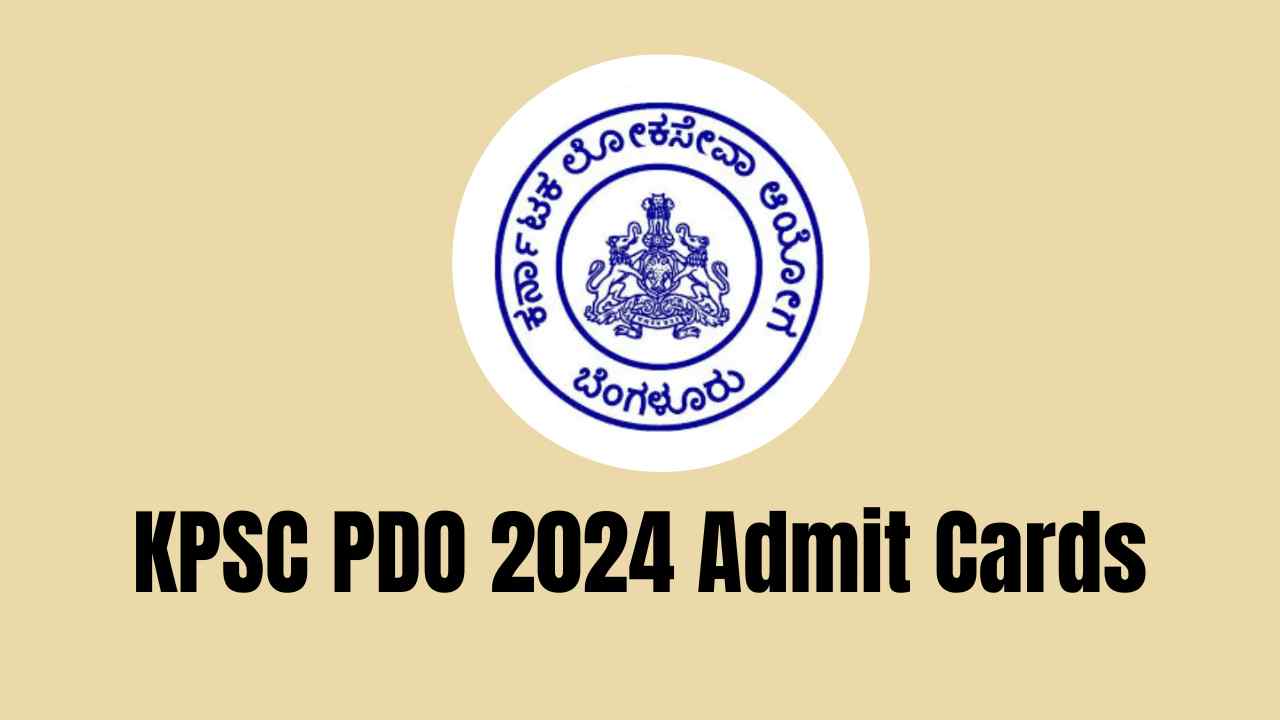India’s economy has experienced a significant slowdown in growth, with the Gross Domestic Product (GDP) expanding by only 5.4% in the second quarter of fiscal year 2024-25 (Q2 FY25). This figure marks a notable decline from the 6.7% growth recorded in the previous quarter and is the lowest growth rate seen in seven quarters, raising concerns among economists and policymakers alike.
Factors Contributing to the Slowdown
The deceleration in economic activity can largely be attributed to weakened urban consumption, primarily driven by rising food prices. The retail food price index surged by 10.87% year-on-year in October, significantly impacting household purchasing power and leading to reduced spending on non-essential goods. Additionally, high borrowing costs and stagnant real wage growth have compounded the challenges faced by consumers, particularly in urban areas, where private consumption constitutes about 60% of GDP.Despite these challenges, there are signs of resilience in rural demand, supported by favorable monsoon conditions and improved harvests. The agricultural sector showed a year-on-year growth of 3.5%, up from 2% previously. However, manufacturing growth has taken a hit, declining to 2.2% from 7% in the preceding quarter, further contributing to the overall slowdown.
Projections and Future Outlook
The Reserve Bank of India (RBI) maintains a projection of 7.2% GDP growth for the fiscal year ending March 2025. However, many private economists have revised their forecasts downward, anticipating that overall growth may struggle to reach even 6.5% for the full fiscal year due to persistent inflationary pressures and weakened consumption patterns.Chief Economic Advisor V Anantha Nageswaran suggested that the 5.4% figure could be a one-off occurrence rather than indicative of a longer-term trend, emphasizing that improvements in rural demand and increased government expenditure could help spur economic recovery in the latter half of the fiscal year.
Government Response and Economic Indicators
In response to these economic challenges, government officials are advocating for interest rate reductions to stimulate growth. However, given ongoing inflation concerns, analysts predict that the RBI is likely to maintain current policy rates in its upcoming monetary policy meeting.Moreover, despite a projected fiscal deficit of 4.75% for FY25—slightly below budgeted targets—the government continues to focus on increasing capital expenditure (capex), which is expected to rise by 10.6% compared to last year. This focus on infrastructure investment is seen as crucial for sustaining economic momentum moving forward.
Conclusion
India’s economic landscape is currently characterized by a complex interplay of factors leading to slowed growth amid high inflation and changing consumption patterns. While challenges persist, particularly in urban areas, there are also signs of potential recovery driven by rural demand and government initiatives aimed at boosting economic activity. As stakeholders monitor these developments closely, the coming months will be critical for determining whether India can regain its footing as one of the world’s fastest-growing major economies.Disclaimer: The information presented in this article is based on data available as of November 29, 2024, and is subject to change as new data emerges.









